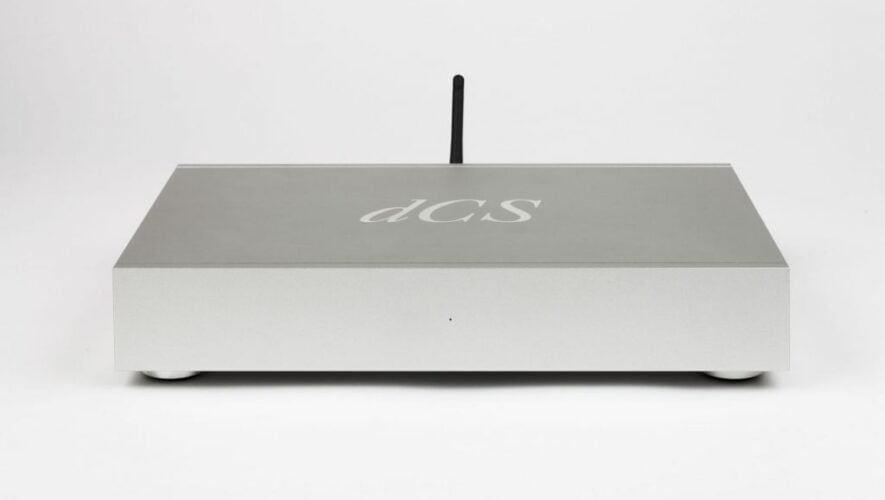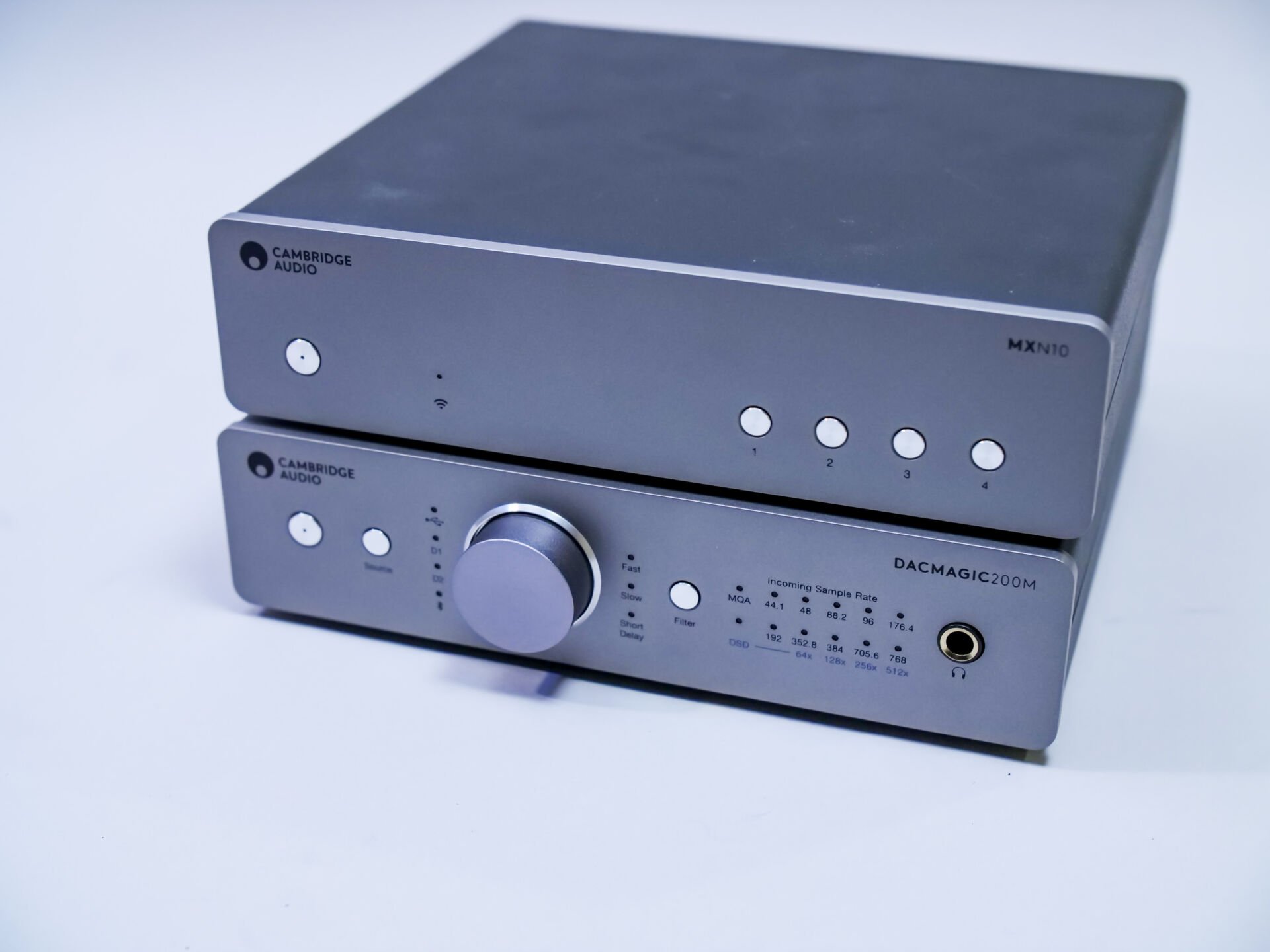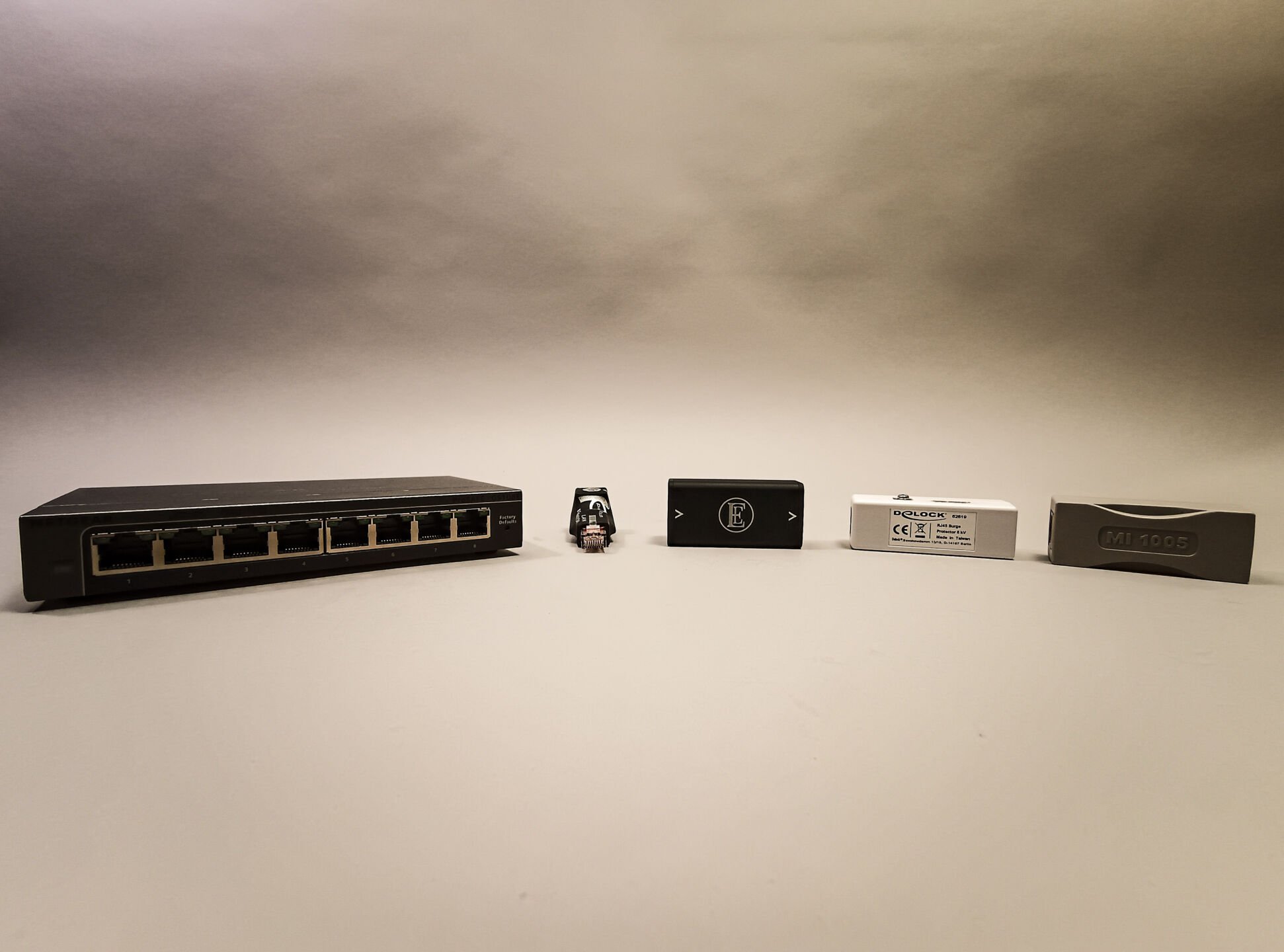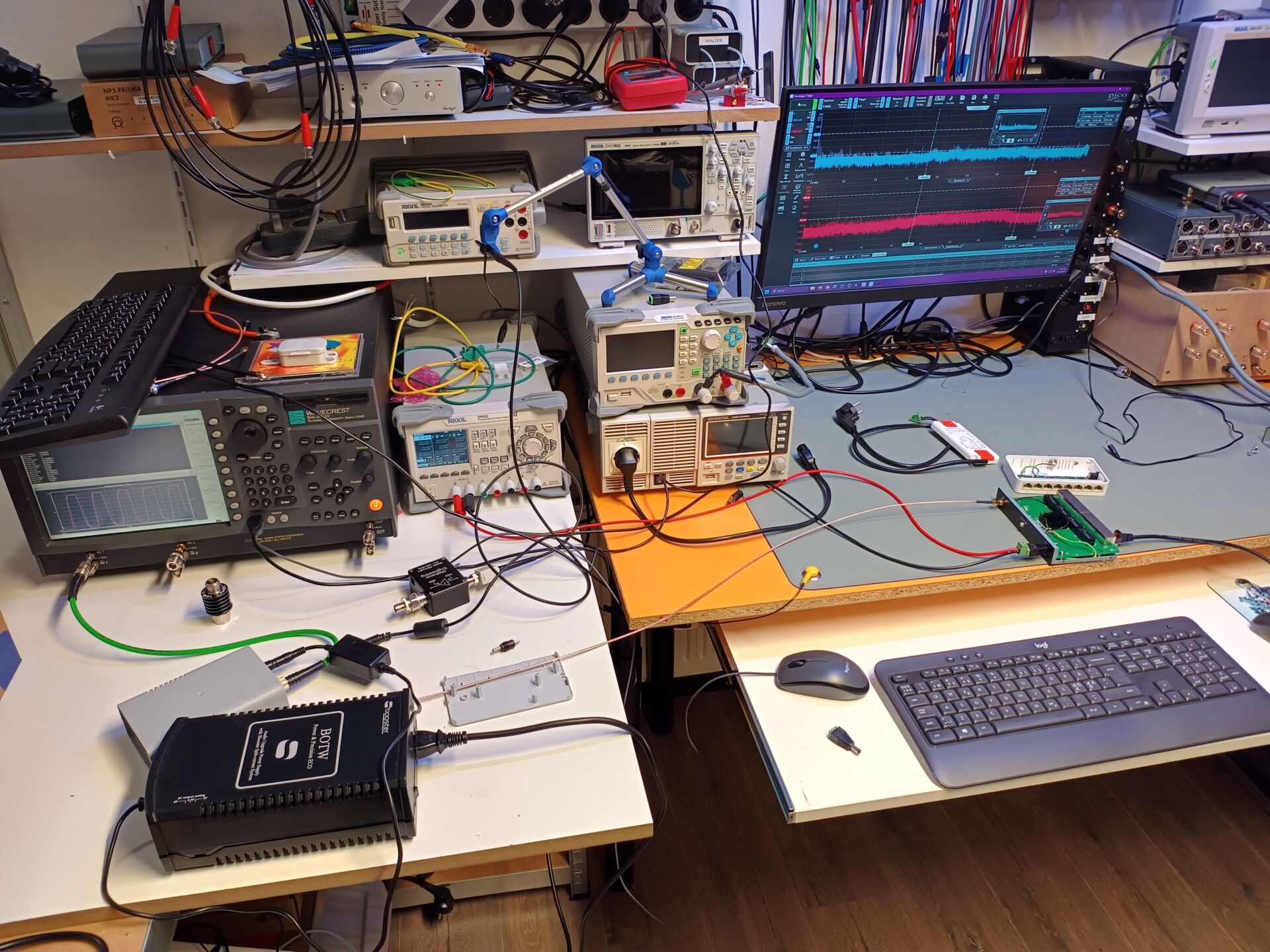

Verschillen en overeenkomsten
Contents
To mention the differences between the dCS Network Bridge and the Metrum Acoustics Ambre: the Network Bridge knows UPnP, does MQA unfold, has a USB input, clock ports, works as Roon Endpoint on Ethernet, can convert your files and can handle DSD and DoP.
The Ambre is only PCM Roon endpoint or works with DoP. However, the Ambre in combination with Metrum DAC’s has an I2S connection, to some extent similar but not interchangeable with the S/PDIF-2 connection of a dCS Network Bridge. Both keep data and clock signals separate.
The Ambre operates up to a maximum of 24/192 where Roon must provide any MQA unfolded to 88.2/96kHz. The price of an Ambre is € 1.199,-. Outside the context of this review, we have also briefly listened to the dCS in addition to Auralic, Lumin, NAD and Naim streaming solutions, among others, and the Network Bridge was time and again highly rated by the editor in question.
Simplicity
About one thing we’ll be ready soon, the dCS Network Bridge is very easy to install.
The App and web interface are clear and orderly and the operation of both the Network Bridge and the App is 100% fine. There hasn’t been a glitch and with a lot of streamers that’s different. Also under Roon there is no way you can get the dCS into error.
The Melco’s music storage and on a Synology NAS automatically emerge in UPnP mode, with access via folders, artists, albums, composers, formats, genres and a few more options. You won’t see more than some basic file information and a cover in the App. Don’t expect an artist’s life or musical connections like Roon makes them. Luckily there is an alphabet to quickly browse through the music.
The flawless operation and the simple installation can in itself be a reason to embrace the dCS, for almost € 4.000,- you can expect him outside a dCS setup with DAC and / or external clock also by ear.
Falcon’s
If we are going to work with the dCS via AES/EBU or via S/PDIF, just like with the Ambre, differences in definition, dimensions of the stereo image, tightness, detailing or intelligibility of artists come to the fore in favour of the dCS.
Timing is better with dCS and the display is more quiet. We find it remarkable that both have the same neutral sound character, where as an example an Auralic deviates to the bright side, a Lumin tends to more warmth, a Bluesound duller and a Naim emphasizes music and pays less attention to the highest level of detail.
In the setup with the Falcon monitors, under Roon the difference between dCS and Metrum can only be made smaller by connecting the dCS via AES/EBU and the Ambre via the I2S protocol present only on the Metrum. One moment the then dCS is a bit nicer with a little more detail and space, further on in the same track the Ambre. Sometimes, with the best will in the world, we can’t tell the difference.
Another DAC without I2S interface is therefore always expected to be better off with the dCS if you strive for accuracy, pure sound and the budget is not a constraint. Plus, the Network Bridge has more possibilities.
Having said that, there is still something like tuning with cables, with power cords, ethernet and digital interlinks, which is profitable and to which the dCS is sensitive. Our preference with the dCS is the AES/EBU interface, because the S/PDIF interface is more sensitive to which cable is connected between Network Bridge and DAC.
PMCs
On the PMC fact.12 speakers the dCS shows its teeth even more. The already great peace that a Melco knows how to bring in digital reproduction takes on an extra dimension and therefore the silence between the notes is magnified. The spacious stereo image becomes fractionally narrower with the dCS, in depth it really improves. The soloists do come closer to you; audibility is of paramount importance.
With a beautiful recording like the CD “The lyric” by Jim Tomlinson and Stacey Kent turns into pure pleasure. Even with a very simple AES/EBU cable, which exactly meets the 110 Ohm standard, the dCS makes a deep impression and suddenly € 4.000,- is not that much money anymore. Certainly not in relation to the rest of the setup.
If the distribution of expenditures across the set becomes much different, you will notice the differences between different streamers less well or possibly not even. Consider how much money is sometimes spent on: external power supplies, cables, feet, etc – around streamers, which the dCS Network Bridge doesn’t need at all.
Meanwhile I enjoy more and more music pumped through my veins, piano, guitar up to classical recorder, it’s so incredibly present in the listening room that I know in advance that saying goodbye to the dCS Network Bridge is going to be hard for me later in the week.
A spatial recording like “Familiar” by Agnes Obel on the CD “Citizen of glass” forms like a bell sound in space, completely separate from the reproducers, with a depth that goes right through the back wall. Close your eyes and the illusion is complete of a concert, with the best PA system imaginable.
Lock number for now is “Avratz” from Infected Mushroom. The electronically generated sounds are six meters wide and two meters high in the room. Bass tight as a house, reverberation of seconds on some tones, per type of sound apart from the others, hunted up to a high volume level the paintings almost sink from the wall under the blows of percussion.










